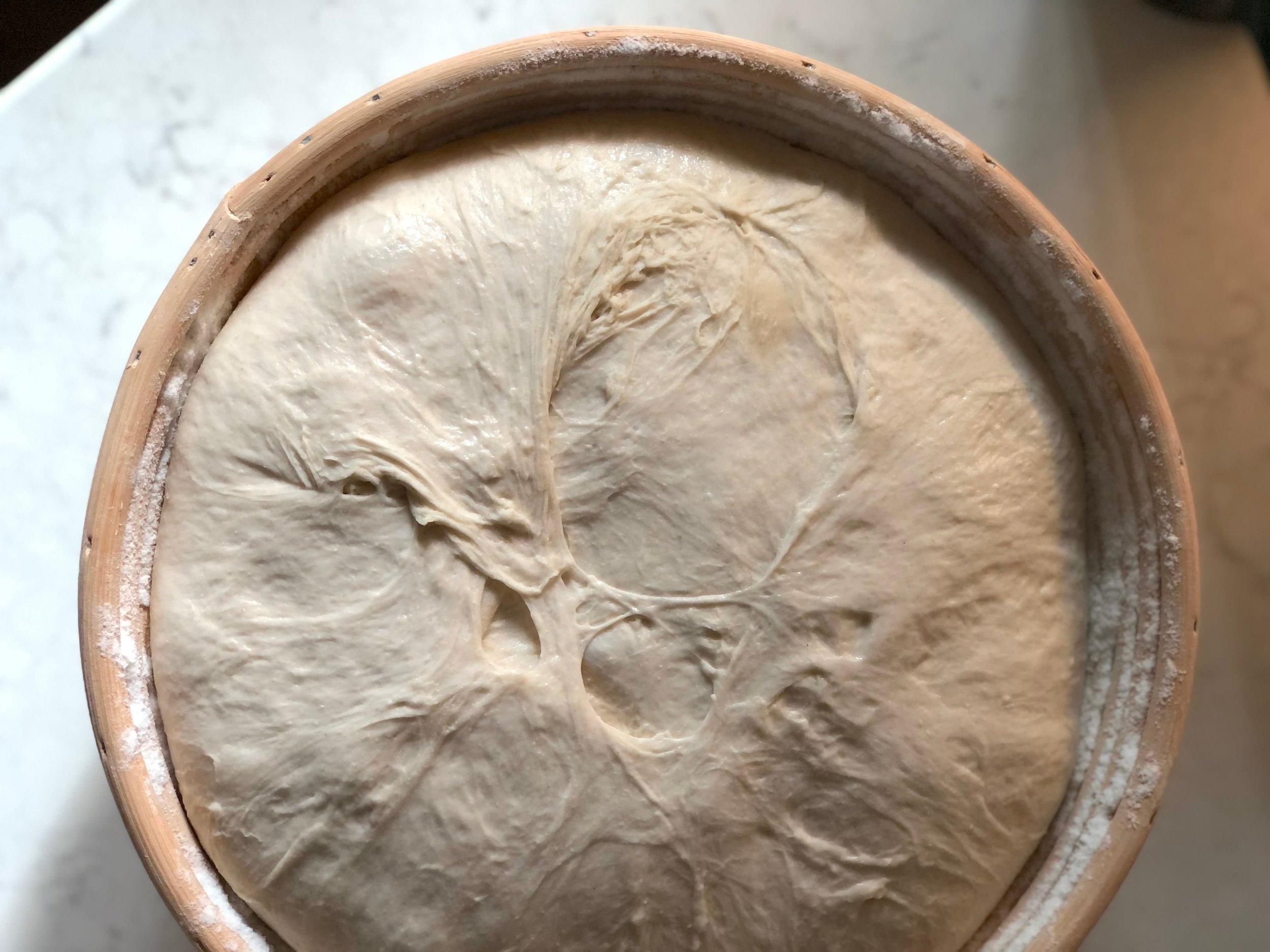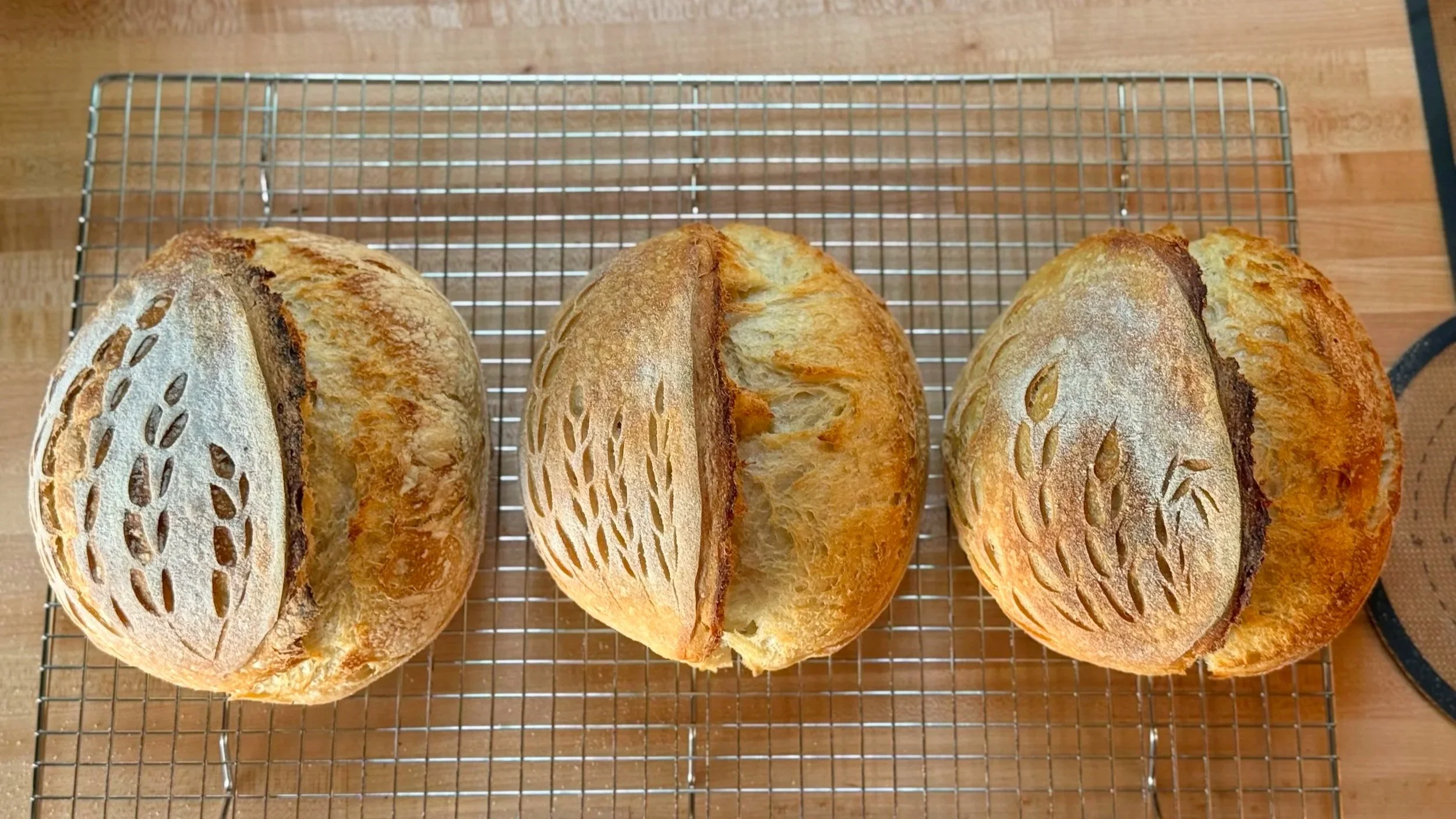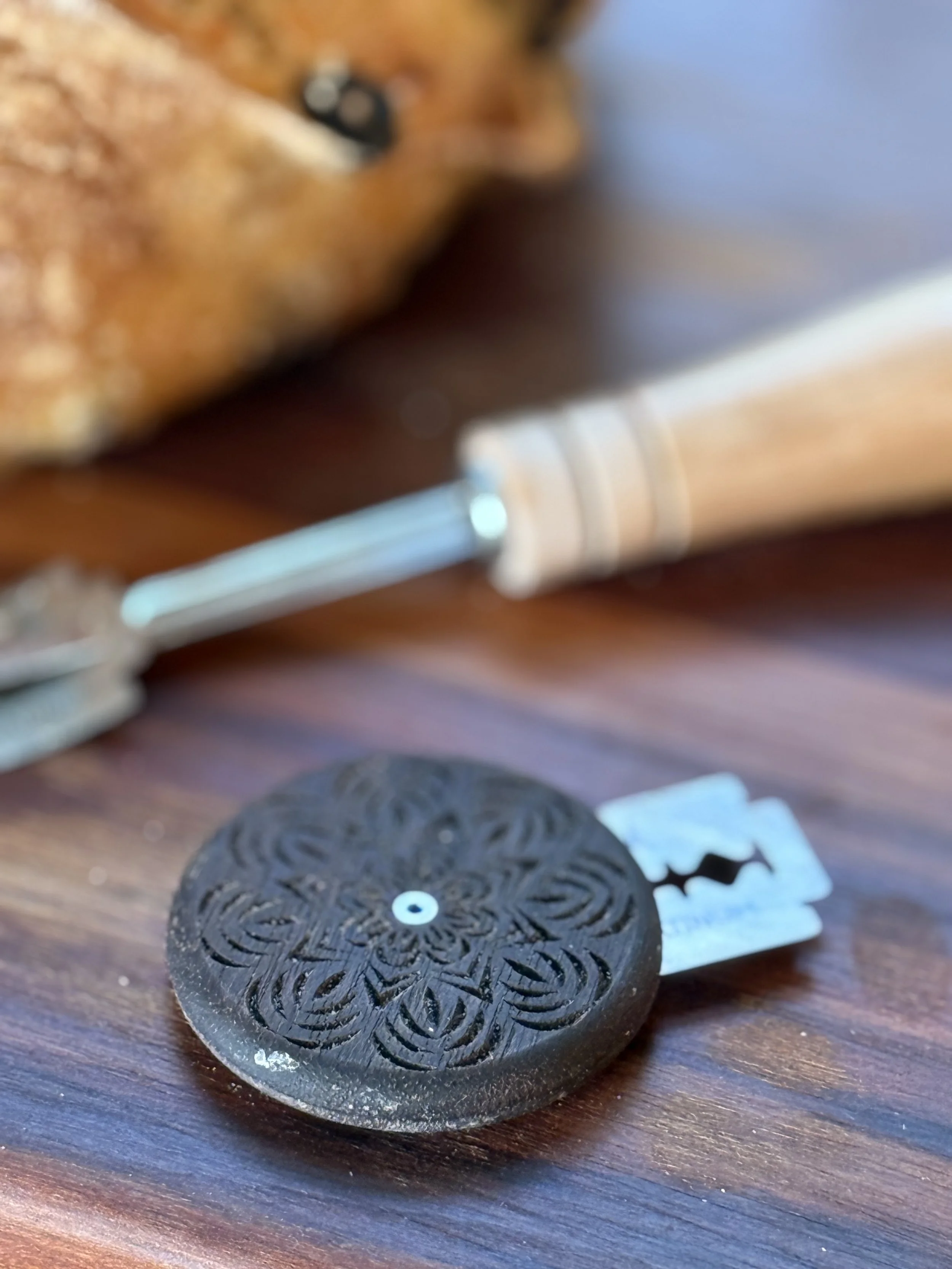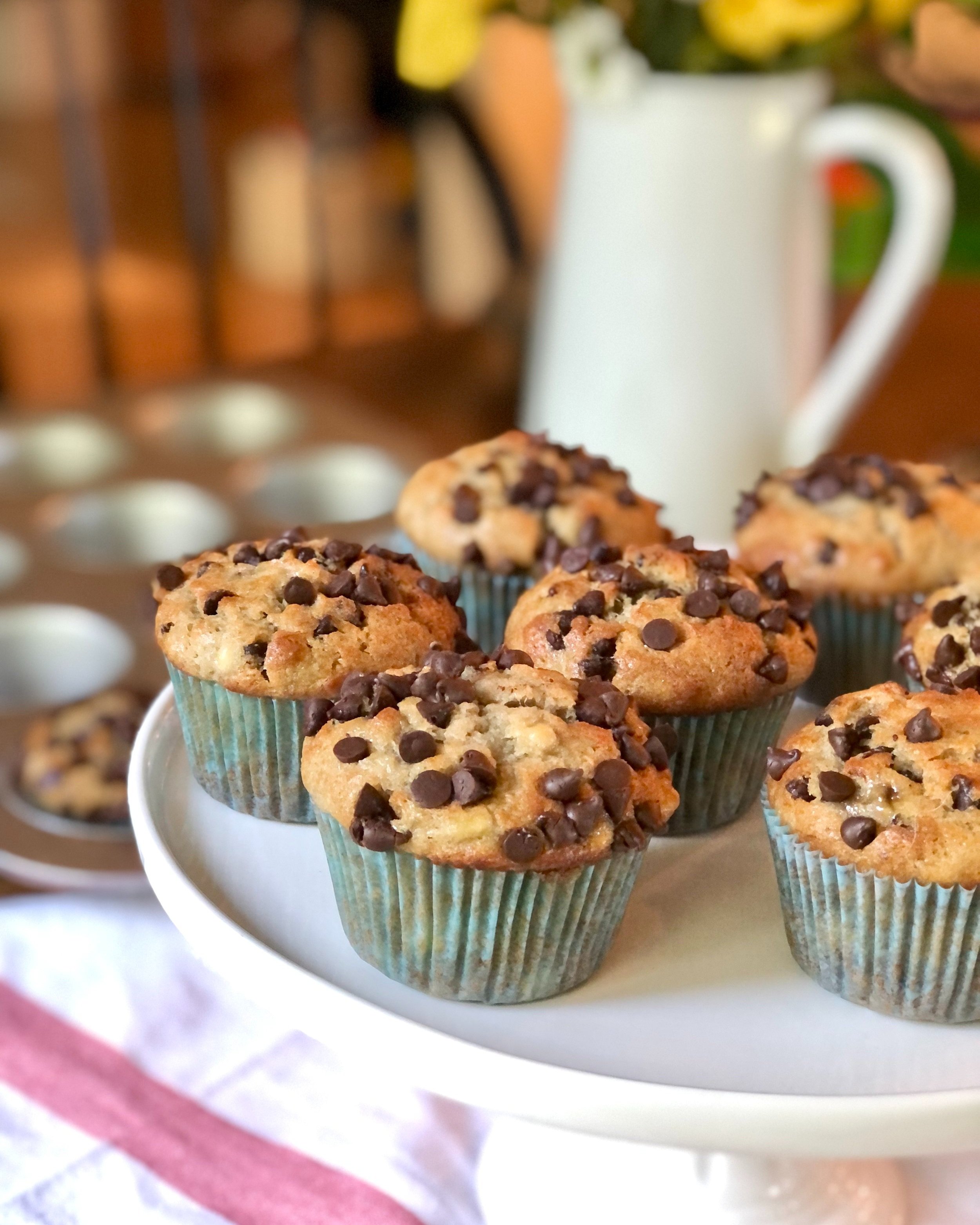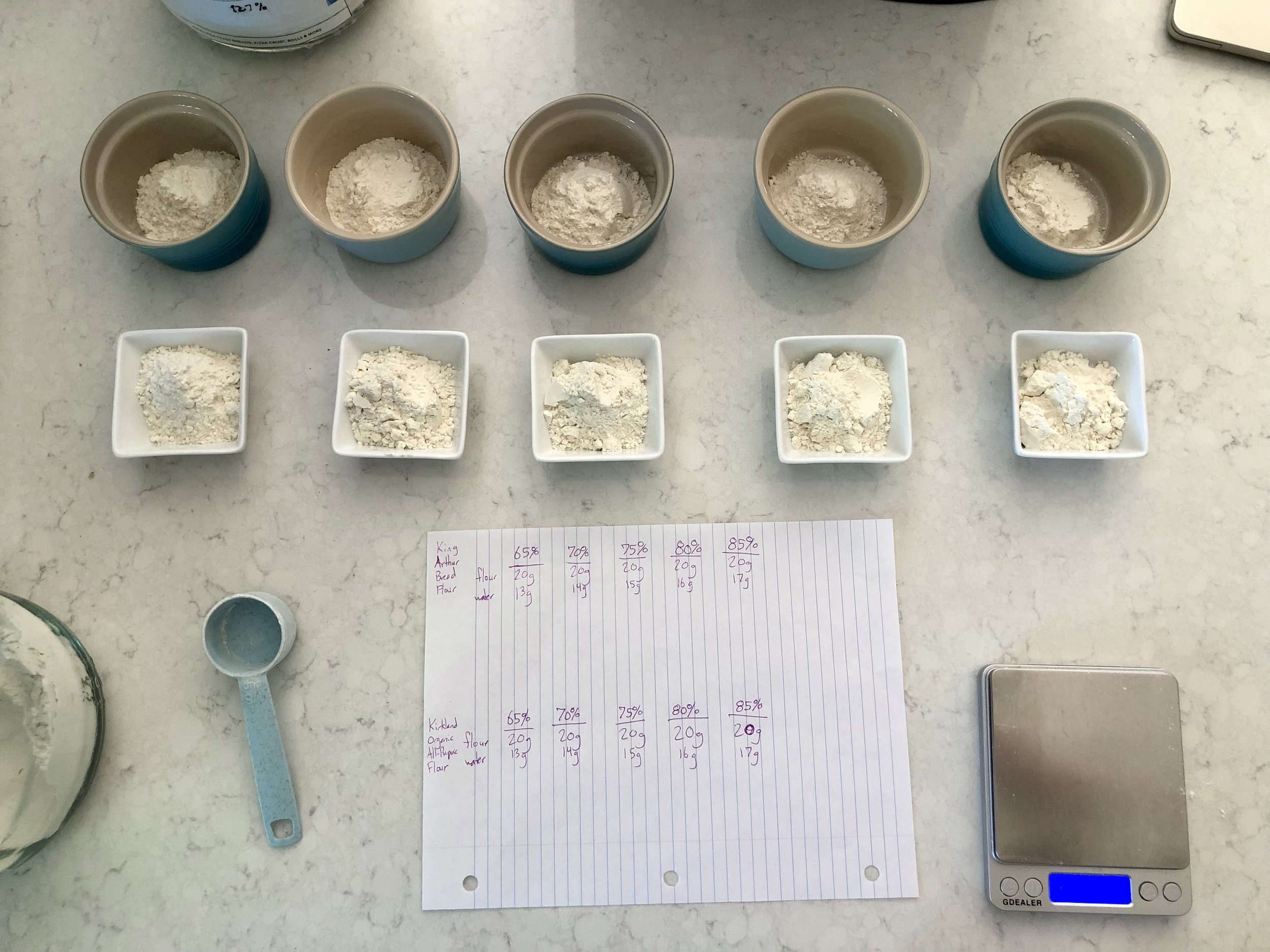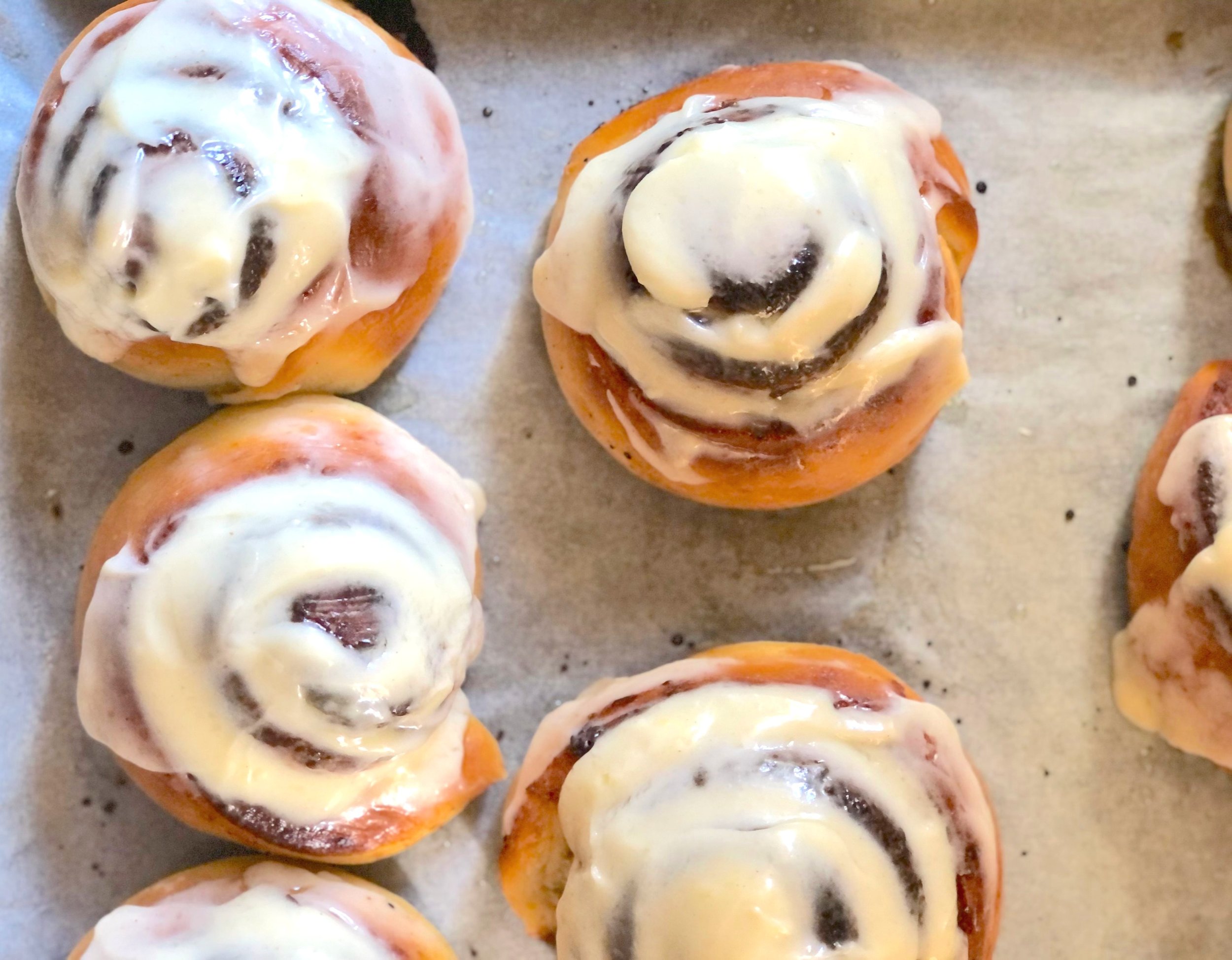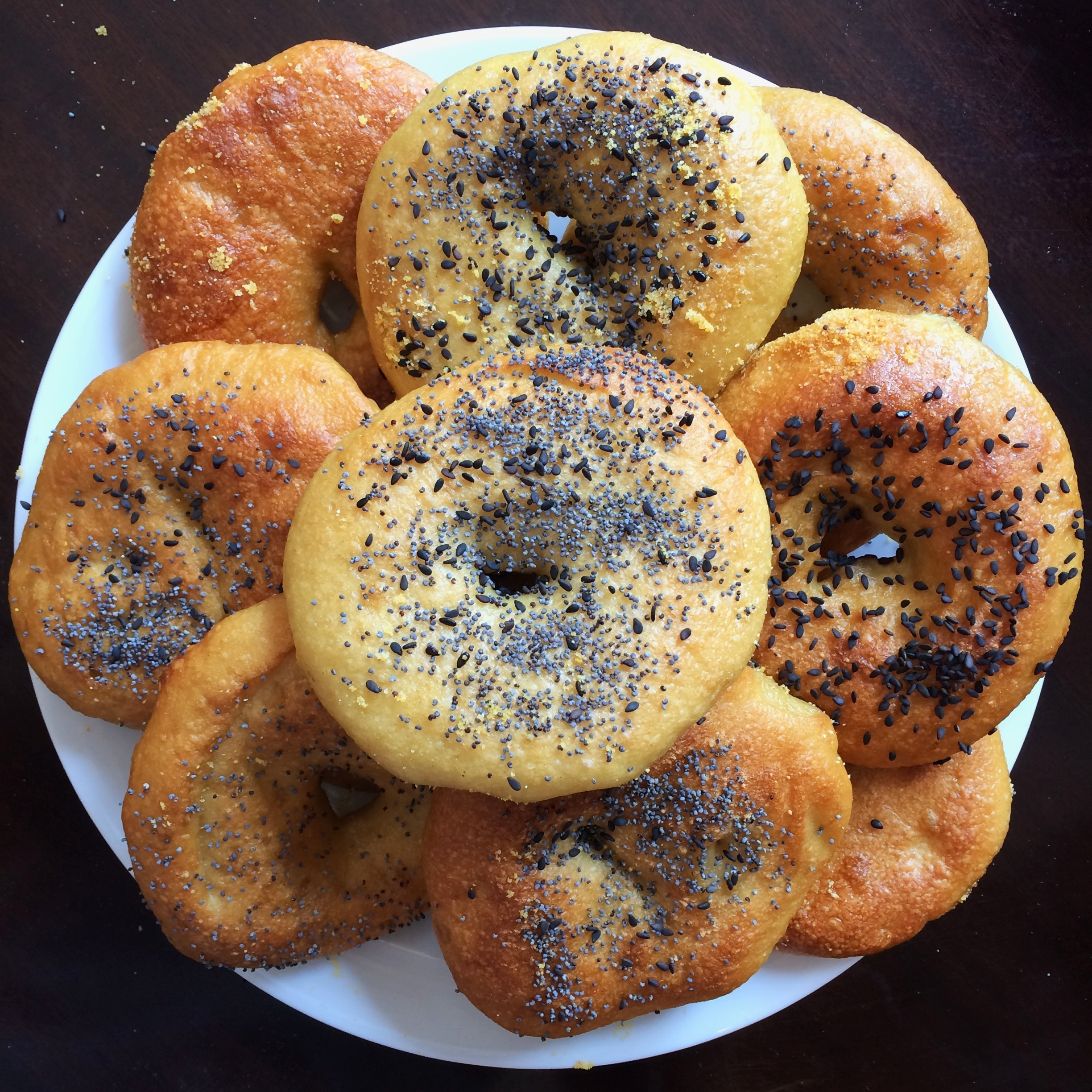Why Is My Sourdough Sticking to the Banneton?
/Help! My sourdough stuck to the banneton.
We’ve all been there. After two days’ worth of time investment and hopes, the moment finally comes to tip the sourdough loaves out of the bannetons only to find that they are stuck. Dreadfully. All that time to carefully ferment the dough, ruined, completely collapsed into a messy glob, unrecognizable as a loaf.
Well, it might not always be quite so bad. But sometimes it is. And if you’ve had it happen to you, you know how frustrating and, mind the pun, deflating it can be.
To prevent this from happening, it’s best to try and understand why this is happening.
This post may contain affiliate links. If you make a purchase using these links, Jennyblogs may receive a small commission, at no extra cost to you. This helps to support Jennyblogs. Where possible, links are prioritized to small businesses and ethically and responsibly made items. For further information see the privacy policy. Grazie!
Reasons Why Your Dough Might Be Sticking to the Banneton and How To Fix It
The Dough is Overproofed
The main reason dough sticks to the banneton is because the dough has been overproofed. Overproofed dough is sticky, which causes it to stick to the banneton. The more overproofed the dough, the stickier it becomes, the harder it becomes to get it out.
While the easy fix is to not let your dough overproof, understanding bulk ferment is not always so easy. In fact, the bulk ferment is one of the most important, and trickiest, things to understand when it comes to sourdough. It may take time, but with patience, you can learn to read your dough better, and nail the bulk ferment. For starters, I highly recommend referencing this chart from the Sourdough Journey, which helps to take much of the guesswork out.
Improper Gluten Development
Dough that has had the gluten developed properly is strong and more likely to hold its shape. It’s less sticky and won’t stick to the banneton as much. Underdeveloped gluten is another common reason that dough sticks to proofing baskets.
Make sure you’re adequately working your dough to develop the gluten. Sourdough generally has such a long fermentation that the gluten develops with gentler handling than say, a bread using instant yeast that is kneaded for 10 minutes upfront. That said, you’ll still want to make sure your gluten has a good head start by mixing the dough adequately in the beginning. Once the gluten has a good start upfront, you can continue to strengthen your dough with stretch and folds or coil folds, maybe even a lamination if you’re so inclined.
It’s helpful to know the protein content of the flour you’re using. The lower the protein, the more you will have to work the dough to get it strong enough to hold its shape, get good oven spring, and yes, not stick to the banneton. There’s always the possibility the flour you’re using has too low a protein content, not suited for bread at all. On the flip side, flour with high protein gets strong with less effort. Ideally, look for a protein content between 12% and 13%. Note that whole wheat flour usually has a high protein content but does not perform the same way as a white flour with a high protein content, so don’t treat it as a bread flour.
New Bannetons
Using a new banneton, never before used, can also be a potential problem. Make sure you’re more generous with flouring the banneton, especially rice flour the first few times you use it. I’ve never had problems with my dough sticking to new bannetons, but some would advise to “season” the bannetons before first use by spritzing with water, sprinkling with rice flour, then allowing to dry for about 30 minutes. Repeat.
Alternatively, you can use proofing basket liners or really any clean cotton or linen cloth to line your baskets with. They can be washed, baskets stay clean, easy peasy. I especially enjoy using liners and cloths when working with dough that has messy inclusions, like cranberry orange, basil pesto, lemon blueberry, etc. That way anything that leaks out is absorbed by the washable cloth and not the banneton.
Using All-Purpose or Bread Flour in the Banneton
If you find that using a bit of flour in your banneton helps, but your dough still sticks some, try using rice flour instead of all-purpose or bread flour. You can also use a mix of the two flours, find what works best for you. Alternatively, try semolina (semola), cornmeal, polenta, or even coconut flour.
Using Improper or Low Quality Bannetons
Part of the function of bannetons is to wick moisture away from dough. If a banneton is made from a material that is not breathable, such as silicone, this is going to prevent your dough forming that light outer skin that makes holding its shape as well as scoring so much easier. Bannetons that trap in moisture may cause the dough to stick and overall result in a less desirable loaf, anyway.
Look for high quality bannetons made from rattan or wood pulp, both of which wick moisture. I really like these bannetons from Breadtopia. If you’re looking to go the wood pulp route, look into Rose Hill or Bulka, both known and respected brands. Either way you go, do some research into the material of the banneton, the quality of that particular material, and the quality of the company.
The Banneton Was Inadequately Floured
Sometimes it’s as simple as the banneton not being floured quite enough before placing in the dough. This is more true of doughs with higher hydration that are already stickier.
Even with higher hydration, this is not often the case, however. Dough that has been properly proofed with good gluten development doesn’t usually stick to the bannetons too much. There are many different environments and variables, and sometimes high humidity or other factors just might cause the dough to stick more, despite developing the dough correctly. If so, adding flour or rice flour to the banneton is an easy fix. If you feel you can’t add any more flour to the banneton and your dough is still sticking, try some of the other possibilities here as there’s something else going on with your dough.

